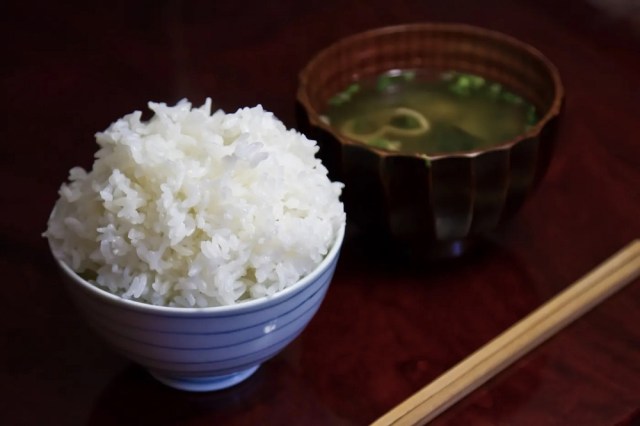
Katakana is usually for foreign words, but there’s a whole class of Japanese-grown rice that has katakana names.
Japan, obviously, eats a lot of rice, but the country also eats a lot of rices. Head to the rice aisle in a Japanese grocery store and you’ll find a large variety of domestic rice breeds for sale, like “Koshihikari” or “Akitakomachi.”
Each type has its own subtle differences in flavor and texture which collectively make a big difference to connoisseurs, so for regular rice shoppers checking the label to see what kind of rice is in the bag is a matter of course. But while you’re checking the packaging, you might notice that different types of Japanese rice have their names written in completely different writing systems.
Using the two breeds mentioned above as example, Koshihikari, Japan’s best-selling rice variety which commands a roughly one-third market share, is usually written in katakana, the blockier of Japan’s two types of phonetic script.
▼ Koshihikari, written in katakana
Katakana isn’t used for Akitakomachi, though. Instead, it’s usually written in hiragana, the more rounded set of Japanese phonetic characters.
▼ Akitakomachi, written in hiragana
It turns out there’s a reason why certain types of rice are traditionally written with katakana and others with hiragana, and the “Akita” part of Akitakomachi is actually a hint.
When Japan ended its centuries of enforced isolation at the start of the Meiji period, a flood of new scientific knowledge became available to Japanese botanists and agriculturalists. The national government began administering research programs to breed higher-yield varieties of rice to better feed the nation’s people, and initially the new varieties were called “Norin” (Department of Agriculture and Forestry) followed by the number of their specific research program. So, for example, first came Norin 1, followed by Norin 2, then Norin 3, and so on.
With the importance of rice in the Japanese diet, though, the Norin numbers rose at a rapid rate, and after Norin 52, the national government enacted a new policy. Instead of their Norin number, nationally directed new rice varieties would have actual names, but they had to be written in katakana, with the name being six characters or less. Why the name had to be katakana isn’t exactly clear, but it may have had something to do with katakana having a modern, scientific feel to it (which is itself one side effect of katakana being primarily used for foreign loanwords, thus imparting a global feeling). So instead of becoming “Norin 100,” the 100th new rice variety from nationally directed research programs became Koshihikari, written all in katakana, upon its creation in 1956. In the same way, in 1963 what would have been “Norin 150” became Sasanishiki.
▼ Sasanishiki, written in katakana as ササニシキ
In the latter half of the 20th century, though, rice research began getting increased efforts on a more localized level. Prefectural agricultural organizations began developing their own rice breeds. Since katakana names were already being used to express that a type of rice had been developed under supervision from the national government, it was decided that rice breeds developed at the prefectural or smaller level should instead use names written in hiragana. So in the early ‘80s, when Akita Prefecture developed its own type of rice and brought it to market, it was dubbed Akitakomachi and written in hiragana, as was Hokkaido Prefecture’s Yukihikari rice.
▼ Yukihikari (ゆきひかり in hiragana) means “snow light,” referencing the snowy winters Hokkaido has as Japan’s northernmost prefecture.
Adding another wrinkle of complexity to the situation, however, is that in 1991, the Japanese government said “Go nuts — You can write your rice’s name with whatever set of characters you want.” As a result, types of rice developed after 1991 don’t necessarily follow the katakana-national/hiragana-prefectural naming convention. Even the types of rice that were developed under the old system are no longer legally required to adhere to it. Nowadays you’ll sometimes see Koshihikari, originally a katakana-name rice, marketed by some growers/sellers with its name written in hiragana, especially if they’re trying to appeal to a sense of home-country pride, since hiragana has a more classically Japanese feel to it.
▼ A sack of written-in-hiragana Koshihikari (こしひかり)
But after decades of being written only in katakana or hiragana, the visuals have stuck in the minds of people in Japan, and the styles often continue today as a form of linguistic and gastronomic tradition.
Sources: Japaaan, Okome no Kuni no Monogatari, J-Wave News
Top image: Pakutaso
Insert images: SoraNews24, Amazon/お米のたかさかのストア, Amazon (1, 2, 3, 4)
● Want to hear about SoraNews24’s latest articles as soon as they’re published? Follow us on Facebook and Twitter!
Follow Casey on Twitter for more of his unabashed love of Japanese food and Japanese linguistics.


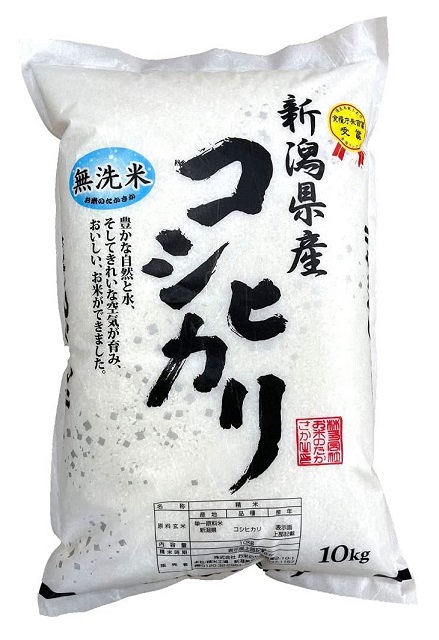

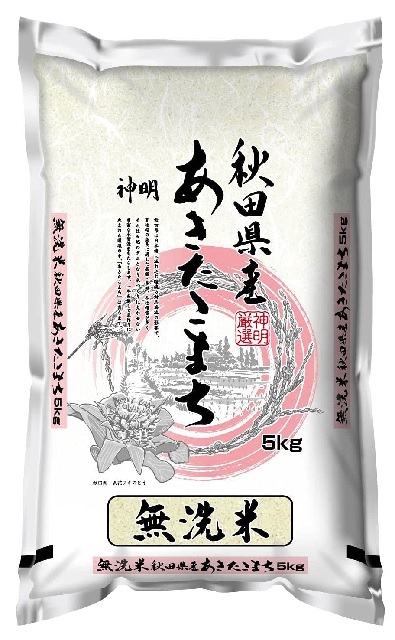
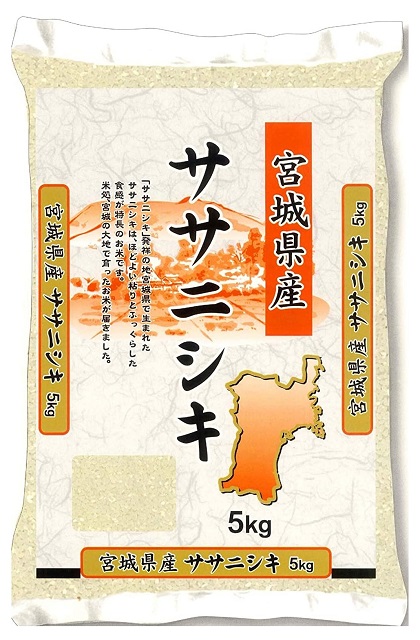
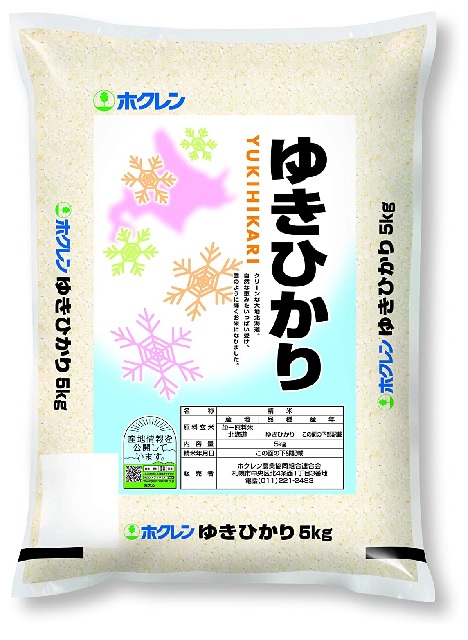
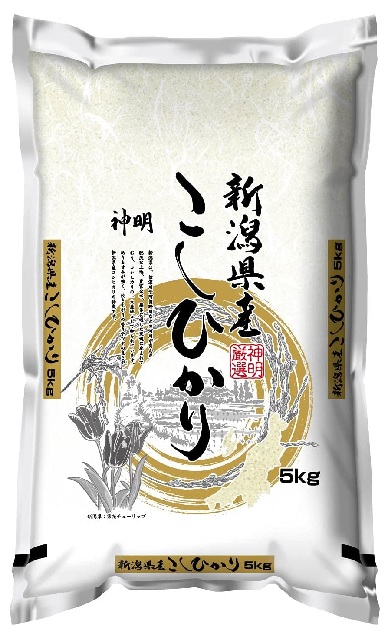
 Yahoo! Japan finds most alphabetic and katakana words Japanese people want to find out about
Yahoo! Japan finds most alphabetic and katakana words Japanese people want to find out about Twitter users say Japanese Prime Minister’s name is hiding in the kanji for Japan’s new era name
Twitter users say Japanese Prime Minister’s name is hiding in the kanji for Japan’s new era name Pokémon Center apologizes for writing model Nicole Fujita’s name as Nicole Fujita
Pokémon Center apologizes for writing model Nicole Fujita’s name as Nicole Fujita Japanese mom at seaside hospital with no visiting hours gets a beautiful get-well message
Japanese mom at seaside hospital with no visiting hours gets a beautiful get-well message Japanese mom praises hard-studying teenage son…for his Pokémon notes?!?
Japanese mom praises hard-studying teenage son…for his Pokémon notes?!? Foreigner’s request for help in Tokyo makes us sad for the state of society
Foreigner’s request for help in Tokyo makes us sad for the state of society Bad tourist manners at Mt Fuji Lawson photo spot prompts Japanese town to block view with screens
Bad tourist manners at Mt Fuji Lawson photo spot prompts Japanese town to block view with screens One of Japan’s oldest castles now lets travelers spend night on the grounds, drink in its keep
One of Japan’s oldest castles now lets travelers spend night on the grounds, drink in its keep McDonald’s Japan’s new pancake pie is a taste sensation
McDonald’s Japan’s new pancake pie is a taste sensation FUK COFFEE?!? Japanese cafe has a perfectly innocent reason for its startling-looking name
FUK COFFEE?!? Japanese cafe has a perfectly innocent reason for its startling-looking name Two things to do, and two things not to do, when leaving a traditional Japanese inn
Two things to do, and two things not to do, when leaving a traditional Japanese inn Studio Ghibli unveils massive T-shirt collection featuring top anime movie characters
Studio Ghibli unveils massive T-shirt collection featuring top anime movie characters Hatsune Miku comes to Magic: The Gathering with official crossover cards【Photos/Video】
Hatsune Miku comes to Magic: The Gathering with official crossover cards【Photos/Video】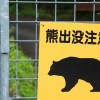 Bear attacks car in Japan, breaks windshield with its paw【Video】
Bear attacks car in Japan, breaks windshield with its paw【Video】 Who wins in a battle of McDonald’s and Komeda Coffee’s chicken tatsuta burgers?【Taste test】
Who wins in a battle of McDonald’s and Komeda Coffee’s chicken tatsuta burgers?【Taste test】 Japanese ramen restaurants under pressure from new yen banknotes
Japanese ramen restaurants under pressure from new yen banknotes Red light district sushi restaurant in Tokyo shows us just how wrong we were about it
Red light district sushi restaurant in Tokyo shows us just how wrong we were about it McDonald’s new Happy Meals offer up cute and practical Sanrio lifestyle goods
McDonald’s new Happy Meals offer up cute and practical Sanrio lifestyle goods Tokyo Tsukiji fish market site to be redeveloped with 50,000-seat stadium, hotel, shopping center
Tokyo Tsukiji fish market site to be redeveloped with 50,000-seat stadium, hotel, shopping center Japanese city loses residents’ personal data, which was on paper being transported on a windy day
Japanese city loses residents’ personal data, which was on paper being transported on a windy day Beautiful Red and Blue Star luxury trains set to be Japan’s new Hokkaido travel stars
Beautiful Red and Blue Star luxury trains set to be Japan’s new Hokkaido travel stars Ghibli Park now selling “Grilled Frogs” from food cart in Valley of Witches
Ghibli Park now selling “Grilled Frogs” from food cart in Valley of Witches New definition of “Japanese whiskey” goes into effect to prevent fakes from fooling overseas buyers
New definition of “Japanese whiskey” goes into effect to prevent fakes from fooling overseas buyers Our Japanese reporter visits Costco in the U.S., finds super American and very Japanese things
Our Japanese reporter visits Costco in the U.S., finds super American and very Japanese things All-you-can-drink Starbucks and amazing views part of Tokyo’s new 170 meter-high sky lounge
All-you-can-drink Starbucks and amazing views part of Tokyo’s new 170 meter-high sky lounge More foreign tourists than ever before in history visited Japan last month
More foreign tourists than ever before in history visited Japan last month New Pokémon cakes let you eat your way through Pikachu and all the Eevee evolutions
New Pokémon cakes let you eat your way through Pikachu and all the Eevee evolutions Disney princesses get official manga makeovers for Manga Princess Cafe opening in Tokyo
Disney princesses get official manga makeovers for Manga Princess Cafe opening in Tokyo We try out “Chan Ramen”, an underground type of ramen popular in the ramen community
We try out “Chan Ramen”, an underground type of ramen popular in the ramen community Sales of Japan’s most convenient train ticket/shopping payment cards suspended indefinitely
Sales of Japan’s most convenient train ticket/shopping payment cards suspended indefinitely Sold-out Studio Ghibli desktop humidifiers are back so Totoro can help you through the dry season
Sold-out Studio Ghibli desktop humidifiers are back so Totoro can help you through the dry season Japanese government to make first change to romanization spelling rules since the 1950s
Japanese government to make first change to romanization spelling rules since the 1950s Ghibli founders Toshio Suzuki and Hayao Miyazaki contribute to Japanese whisky Totoro label design
Ghibli founders Toshio Suzuki and Hayao Miyazaki contribute to Japanese whisky Totoro label design Doraemon found buried at sea as scene from 1993 anime becomes real life【Photos】
Doraemon found buried at sea as scene from 1993 anime becomes real life【Photos】 Tokyo’s most famous Starbucks is closed
Tokyo’s most famous Starbucks is closed One Piece characters’ nationalities revealed, but fans have mixed opinions
One Piece characters’ nationalities revealed, but fans have mixed opinions We asked a Uniqlo employee what four things we should buy and their suggestions didn’t disappoint
We asked a Uniqlo employee what four things we should buy and their suggestions didn’t disappoint Foreigners in Japan vote for the best-looking katakana character
Foreigners in Japan vote for the best-looking katakana character Japanese first grader wins math contest by quantifying “which hiragana are the hardest to write”
Japanese first grader wins math contest by quantifying “which hiragana are the hardest to write” Sushi store makes waves in Japan for meal with a surprising 14-character katakana name
Sushi store makes waves in Japan for meal with a surprising 14-character katakana name Test your knowledge of Japanese convenience stores with this katakana puzzle
Test your knowledge of Japanese convenience stores with this katakana puzzle Rice cooker cooking: Bacon onion rice is amazingly easy, awesomely delicious
Rice cooker cooking: Bacon onion rice is amazingly easy, awesomely delicious TV audiences in Japan surprised to see “Pikachu,” “Raichu” as members of U.S. Olympic team
TV audiences in Japan surprised to see “Pikachu,” “Raichu” as members of U.S. Olympic team Struggling with Japanese? Let Tako lend you a hand…or five
Struggling with Japanese? Let Tako lend you a hand…or five Panju: A Rare Japanese sweet you can buy from a food cart for less than 30 cents
Panju: A Rare Japanese sweet you can buy from a food cart for less than 30 cents Video of each Japanese hiragana getting “measured up” is oddly cute and satisfying【Video】
Video of each Japanese hiragana getting “measured up” is oddly cute and satisfying【Video】 How much more expensive is it to use microwave rice packs instead of cooking/freezing your own?
How much more expensive is it to use microwave rice packs instead of cooking/freezing your own? Onikun: Epic onigiri so big they’re half demon, half rice ball
Onikun: Epic onigiri so big they’re half demon, half rice ball This all-rice meal is the dream dinner for carb loading
This all-rice meal is the dream dinner for carb loading Giant misspelling in rice field art warms Japan’s heart, so farmers decide to roll with it【Video】
Giant misspelling in rice field art warms Japan’s heart, so farmers decide to roll with it【Video】 We try Domino’s Japan’s new pizza rice bowls
We try Domino’s Japan’s new pizza rice bowls Potato chips for sake? 176-year-old brewer and gourmet chip maker produce a snack like no other
Potato chips for sake? 176-year-old brewer and gourmet chip maker produce a snack like no other McDonald’s Japan’s new kalbi koshihikari rice burger and its friends only come out after sundown
McDonald’s Japan’s new kalbi koshihikari rice burger and its friends only come out after sundown
Leave a Reply